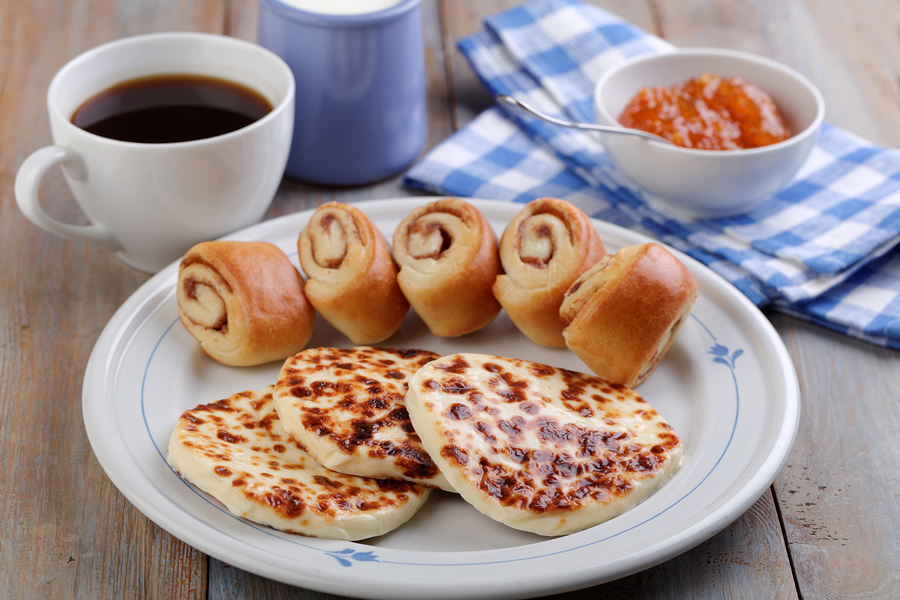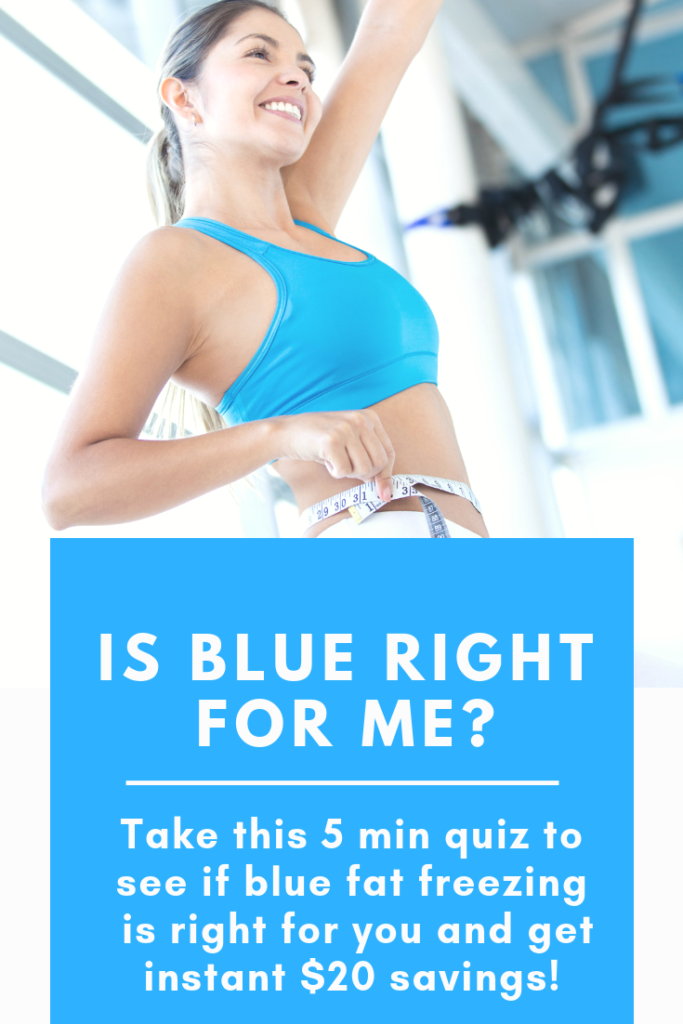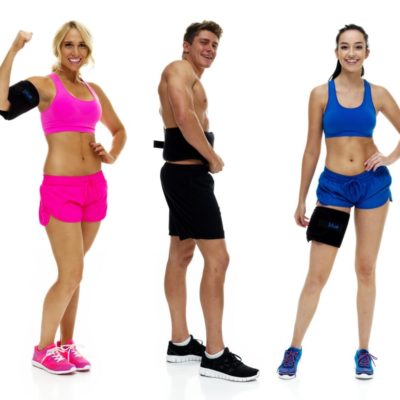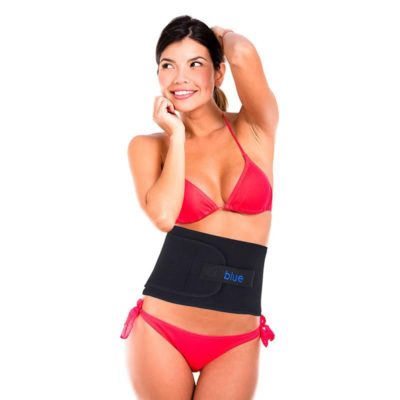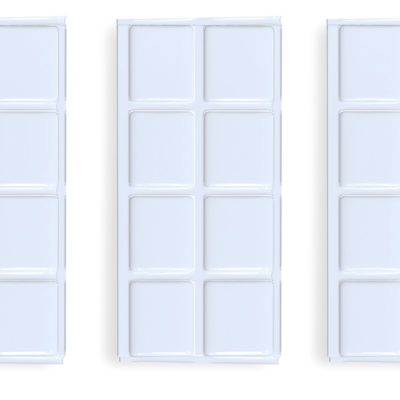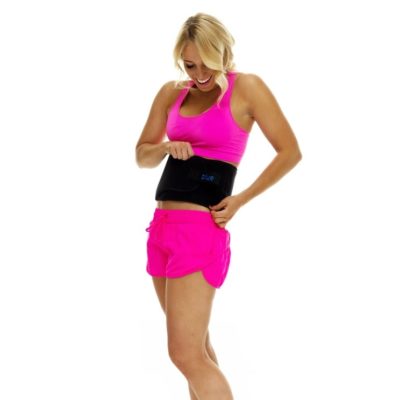Learn to be Healthier and Happier from the Scandinavians
Scandinavia includes Norway, Sweden and Denmark, countries with frigid temperatures and months of unrelenting darkness and yet they are among the healthiest and happiest in the world—for good reason. Education is free, right up to a Ph.D., and the universal health care is extraordinary. Work and home life is well balanced. Most work places are closed by 5 p.m., and working on weekends is unheard of. Even with the cold, Scandinavians love being outdoors. Diet, exercise, attitude—there are numerous things we can learn from the Scandinavians. Following are habits we can start today.
Regular Sauna Visits
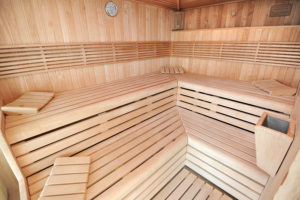 Saunas are an ordinary part of life in Scandinavia. A deep, healthy sweat every day is invigorating. Muscles relax. Aches and pains are soothed. Tensions are eased. The heat burns calories, improves circulation and gets those endorphins going. The natural chemicals up our physical and mental well being and makes our skin radiant. Merely being in the warm, quiet space without distractions is a great way to beat those winter doldrums. Finish up with a cold shower or jump into an ice bath for your body to conserve heat and add to the sauna’s cardiovascular benefits. If you can only do a few minutes a day, that’s fine. You will still look and feel better. We’ll be hearing about saunas more and more. Doctors have begun recommending it for the purifying benefits.
Saunas are an ordinary part of life in Scandinavia. A deep, healthy sweat every day is invigorating. Muscles relax. Aches and pains are soothed. Tensions are eased. The heat burns calories, improves circulation and gets those endorphins going. The natural chemicals up our physical and mental well being and makes our skin radiant. Merely being in the warm, quiet space without distractions is a great way to beat those winter doldrums. Finish up with a cold shower or jump into an ice bath for your body to conserve heat and add to the sauna’s cardiovascular benefits. If you can only do a few minutes a day, that’s fine. You will still look and feel better. We’ll be hearing about saunas more and more. Doctors have begun recommending it for the purifying benefits.
Nordic Walking
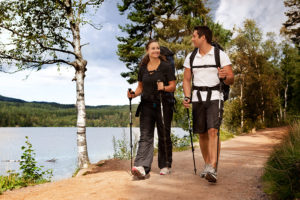
We all know that walking is a great exercise as well as relaxing. All ages, all sizes, all shapes benefit from a walk. You can up the benefit quotient by taking up Nordic walking. It’s a low impact exercise that uses modified ski poles so that your upper body is moving as well as the lower, and you can burn at least 500 calories an hour with significantly less impact on your joints that jogging. Each time you push off the pole, you work your arms, chest, shoulders, and back, as well as your abs, legs, and butt, while strengthening your heart.
You can adapt your skiing poles, but it’s best to use poles designed for Nordic walking that come in adjustable and nonadjustable. Adjustable poles store easily and more than one person can use them. Nonadjustable poles are lighter and won’t accidentally collapse. Also, keep in mind that poles come in a left one and a right, like shoes. It’s important to use them on the correct side. Use the walking poles with rubber tips on paved surfaces. Remove the tips when on grass, sand, dirt or snow for better traction.
You need to learn to walk with the poles to get the most benefit and not hurt yourself. The technique is mostly in coordinating your arms and legs. You’ll find many “how to Nordic walk” videos on YouTube.
Coffee Breaks
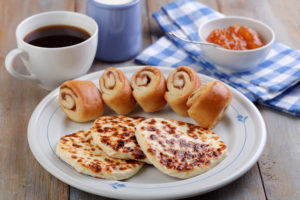
When is a coffee break not a coffee break? When it’s a fika. At many companies, it’s mandatory for all workers, to have a designated time during the day to sit down and do fika. Ikea explains on their website, “More than a coffee break, fika is a time to share, connect and relax with colleagues. Some of the best ideas and decisions happen at fika.” Volva stops for fika, because it fosters co-worker relationships, results in better teamwork and increases productivity.
Fika is a Swedish work that translates, roughly, as drinking coffee, munching sweet treats and chatting, but it’s not all about that. Fika is a ritual. It is about socializing and connecting with friends and colleagues. Food is fresh and well presented. Often, workers take turns bringing in homemade goodies for fika. Even in offices or in the corner of a factory, candlelight is part of the ritual.
The one thing that you absolutely cannot do is have fika by yourself!
Danish Hygge
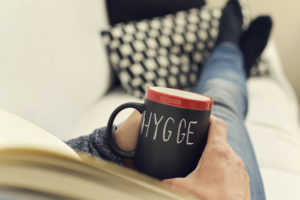
There is no word for “hygge” in the English language. “Coziness” may come close, but that doesn’t really explain it. It is a time to be comfortable, not only physically but also mentally and emotionally. If you’ve ever enjoyed being inside dry and warm reading a book on a rainy day, you have experienced hygge. A cup of hot chocolate on a cold, snowy day is hygge. It can be no more than a glowing candle and a cup of coffee in the morning. It can be an evening with friends enjoying camaraderie over a home-cooked meal. It can be a moment taken to celebrate or consciously appreciate. It is being in and enjoying the present. It is the Scandinavian form of mindfulness.
The hygge must be effortless, never a forced or stressful event, so that it flows naturally into your daily life. As soon as it breeds discontent, insecurity or complexity, it is no longer hygge.



